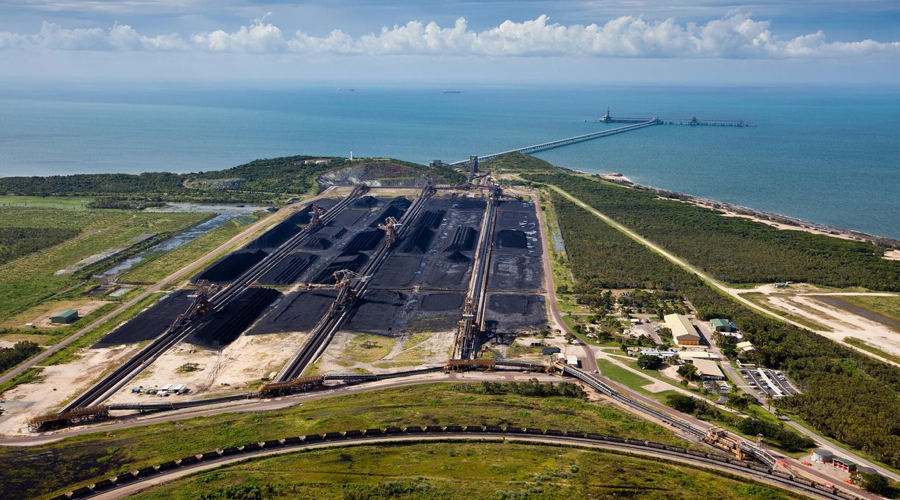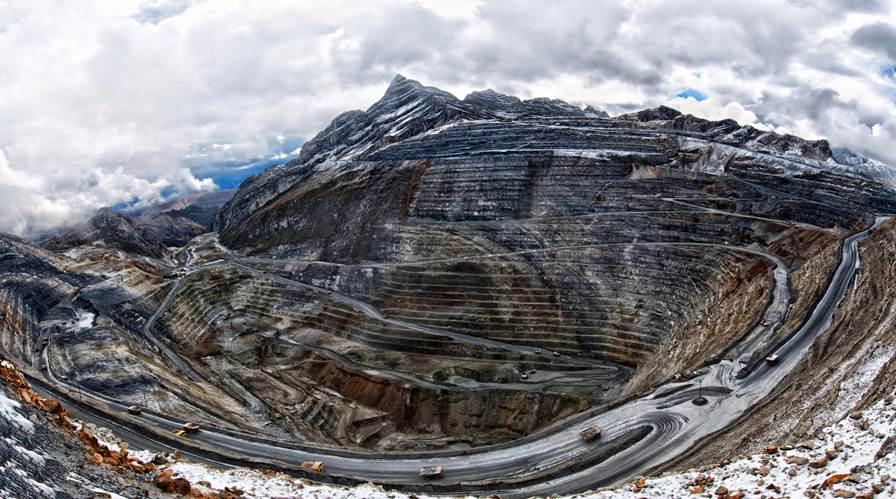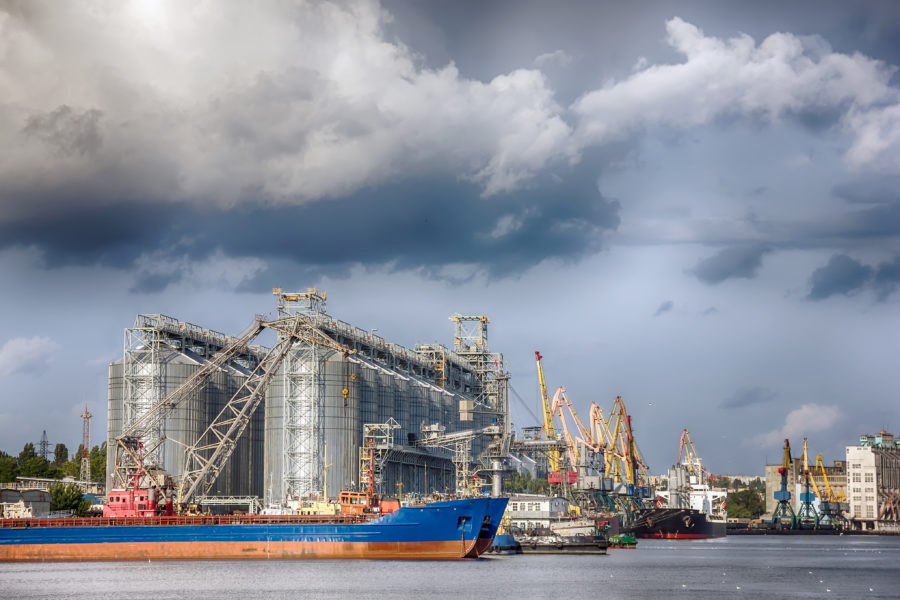Myths and reality: Adani’s Australian coal mine torches rationality

Adani Enterprises’ Carmichael coal mine in Australia is assuming mythical status way out of proportion to its actual significance, even before meaningful construction starts on the controversial project.
For its opponents, the mine should never be built because it is not supported by a majority of Australians and aims to send coal to India, a country that says it doesn’t want or need imports of the fuel.
For its backers, the project is proof that coal remains a viable global industry and the opening of a new basin in central Queensland state will provide jobs in a region that needs them and royalty revenue to a grateful government.
Certainly the pro-coal lobby is enthused by the idea that more mines could open in the basin, but this is far from certain and the promised jobs bonanza is another myth
To many who look at Carmichael dispassionately, it’s hard to fathom how such a remote mine that will produce relatively low value coal can make economic sense in an environment where coal demand is likely to fall in the coming decades as the world turns away from high-emission fossil fuels.
The controversial mine in Queensland state has become a touchstone for those on both the left and right of the political spectrum, with representatives of both groups tending to lose perspective on the project in pursuit of wider ambitions.
The proposed 8-10 million tonne per annum thermal coal mine received final approvals last week. Adani has indicated it intends to start construction soon and aims to ship its first coal by 2022.
The company still has to get some approvals related to the building of the planned rail link from the remote mine in the Galilee basin to the existing network, but these aren’t seen as controversial as the now-secured environmental approvals.
What may be more challenging is the campaign that green groups will mount against the mine proceeding, with protests and other actions likely to further polarise opinion in Australia.
But it’s also worth looking at some of the myths being built up around the Carmichael mine.
The view put forward by some environmentalists that the mine will destroy the Great Barrier Reef or is some sort of tipping point in the battle against climate change is questionable.
While burning an additional 10 million tonnes of coal a year certainly isn’t going to help mitigate climate change, it is literally a spit in the bucket, given that world coal consumption in 2018 was about 5.4 billion tonnes.
If it goes ahead, the Carmichael mine would represent 0.19% of total world coal demand, assuming that there is no change to future coal consumption from 2018 levels.
Where environmentalists are on surer ground is the fear that Adani’s mine will pave the way for other large-scale projects in the Galilee basin, and if all that coal is developed and burnt it would be more significant from a climate perspective.
Certainly the pro-coal lobby is enthused by the idea that more mines could open in the basin, but this is far from certain and the promised jobs bonanza is another myth.
Thin end of the wedge?
Possible mines in the region could be developed by Australian billionaire Gina Rinehart and her Indian partners GVK, and also by Clive Palmer, the wealthymining magnate who spent millions of dollars campaigning in Australia’s federal election last month.
Palmer didn’t win a seat but purportedly swung votes behind the conservative, and largely pro-coal Liberal-National coalition, which pulled off a surprise victory over the more fancied opposition Labor Party.
Adani has estimated it can deliver coal from Carmichael to Abbot Point port for A$54 ($37.15) a tonne, a figure described by some analysts as unrealistically low given the costs at similar mines in Australia
If there are substantial and sustained protests against Adani, it may give pause to the other groups that hold licences for potential mines in the Galilee basin.
However, the main reason that Carmichael may be the only mine developed in the basin — and even it may not get up — is economic.
For the Carmichael mine to be profitable a series of assumptions, several of them quite heroic, have to be made.
The main one is that coal prices remain relatively high over the long term, a difficult argument to sustain unless you further assume that efforts to reduce the use of the fuel are doomed to fail.
While coal prices are cyclical, the Adani mine will most likely only work when the price is toward the upper end of the range of the past decade.
Adani has estimated it can deliver coal from Carmichael to Abbot Point port for A$54 ($37.15) a tonne, a figure described by some analysts as unrealistically low given the costs at similar mines in Australia.
But even if Adani can achieve that price point, the coal may not be profitable anyway.
It’s hard to get an exact match for the grade of coal Carmichael will produce, but the closest could be Indonesian 5,000 kilocalorie per kilogram coal, which is of a similar energy content.
This grade was assessed by commodity price reporting agency Argus at $49.54 a tonne on the week to June 14.
In theory this would give Adani a margin of just over $12 a tonne, but this doesn’t take into account the cost of shipping the coal to India, nor the cost of paying back the capital that will be needed to build the mine. It’s also unlikely that Carmichael coal will be as valuable as the Indonesian grade, given it has a higher ash content and will need more costly washing.
But even if the economics of the mine are questionable, it’s possible that Adani could use the coal in a special economic zone in India in a power plant that will export the power to Bangladesh at a price higher than can be achieved domestically.
This may allow Adani to lower some of the taxes and duties incurred by importing coal into India, while improving the margin on the power generated.
Even if this makes sense for Adani, the same won’t apply to the other mines proposed for the Galilee, which will have to meet higher economic hurdles to proceed.
Adani has also failed to convince financial backers of Carmichael’s viability, as no banks or development agencies have as yet signed up to support the project.
Adani says it can fund the $1.5 billion mine off its own balance sheet, again a risky proposition that increases the likelihood of an appeal for Australian taxpayer support at some point, all in the name of supporting the handful of permanent jobs the mine will create.
About the only thing that is clear in the Adani controversy is that if this mine does get built, it won’t really be for rational, economic reasons.
(By Clyde Russell; Editing by Richard Pullin)
More News
{{ commodity.name }}
{{ post.title }}
{{ post.date }}



Comments